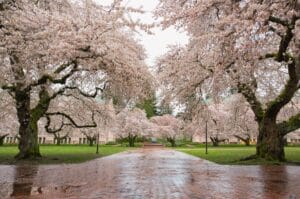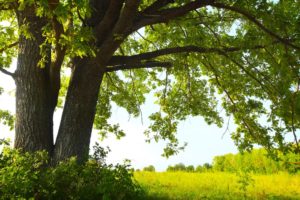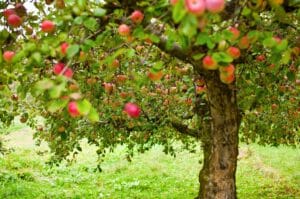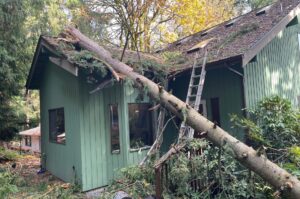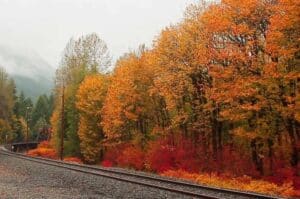A Look Inside an Arborist’s Toolbox
Local Seattle tree service company takes a moment to talk about the tools of their trade. As with every profession, being an arborist requires the use of certain tools to help them accomplish their responsibilities. Just as a healthcare professional needs a blood pressure cuff and stethoscope, a tree health
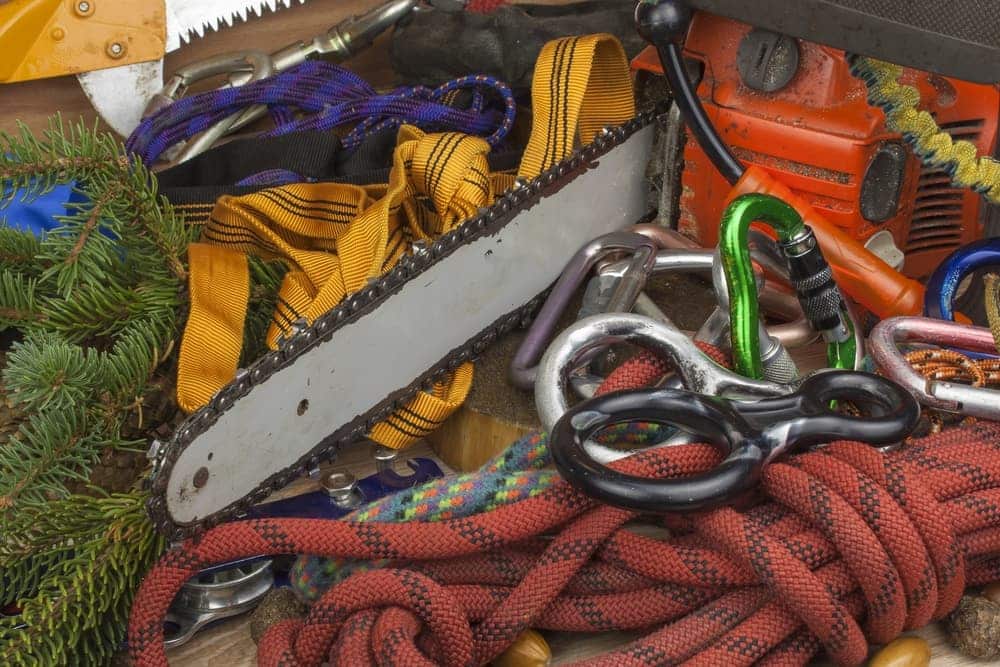
Local Seattle tree service company takes a moment to talk about the tools of their trade.
As with every profession, being an arborist requires the use of certain tools to help them accomplish their responsibilities. Just as a healthcare professional needs a blood pressure cuff and stethoscope, a tree health professional needs special equipment to maintain the health and safety of trees. Here is a quick guide provided by local tree removal specialists about the tools of the tree care trade.
Tools To Get Tree Care Professionals Off the Ground
Whether they are tree trimming or performing tree removal, almost all of the work that an arborist does is off the ground. Getting them off the ground and keeping them there requires a lot of different equipment and techniques. There are two main ways that arborists get up in the trees:
- Lifting Machines: Special machines like bucket trucks, boom lifts, and cherry pickers lift tree care professionals up to where they need to be to trim trees and remove branches. These allow them to better focus on safety as they perform their tasks.
- Climbing Equipment: In many cases, mechanical equipment can’t access a tree. This means the team will have to climb the tree. Special ropes, harnesses, and rigging allow them to ascend and descend trees. They safely lower branches to the ground with pulleys.
Keeping Everyone Safe
Safety is vitally important when it comes to tree care. What’s the point of removing a dangerous tree if it takes out a power pole or a roofline on the way down? To keep tree care safe, tree service companies use a variety of tools like:
- Ropes and Pulleys: These are used to raise tools up to tree climbers that are already in the canopy. Likewise, they are used to lower branches down in a controlled manner.
- Chainsaws: Chainsaws are dangerous tools, but professionals know how to minimize the risk. They always use saws with anti-kickback protection, and sharp blades minimize the chances that the blade will jump out of a cut.
- Clothing: Everything an arborist wears is for a purpose. Anti-slip gloves help them maintain a grip on ropes and tools. Hardhats and helmets protect them from falling branches. Safety glasses ensure they always can see what they’re doing.
Tree Risk Assessment Tools
Tree risk assessments are one of the most important aspects of an arborist’s job. Tree risk assessments are often conducted when a tree is too close to a structure or it endangers human activity. When this scenario occurs, a tree service professional must be called in to make a scientific evaluation of the tree’s health and potential danger.
Tree risk assessments are a standardized checklist used to evaluate trees. Often the visual inspection of an expert can go a long way toward evaluating a tree, but sometimes more sophisticated tools are needed, such as:
- Lean indicators, attached to a tree long-term, to determine if the tree is slowly lifting
- Resistographs to determine if hollow or dead spots are hidden in a tree trunk
- Sonic wave monitors to check the integrity of the tree trunk
- Tape measures to monitor growth
- Spades and rakes to look at shallow root growth
About Seattle Tree Care
Seattle Tree Care has been taking care of trees in the area for over 15 years. They offer free estimates and are always ready when disaster strikes with emergency service. Call (206) 789-0534 today for professional tree service.
Recent Articles
Looking for More?
We've got you covered with tips, resources, updates, how-to's, and other helpful information about trees and landscapes in Seattle, Puget Sound, and King County, WA. Join the thousands of smart local residents who get the monthly newsletter from Seattle Tree Care for helpful information you won't want to miss!
There's no spam - we promise! We are committed to keeping your e-mail address confidential. We do not sell, rent, or lease our contact data or lists to third parties.


